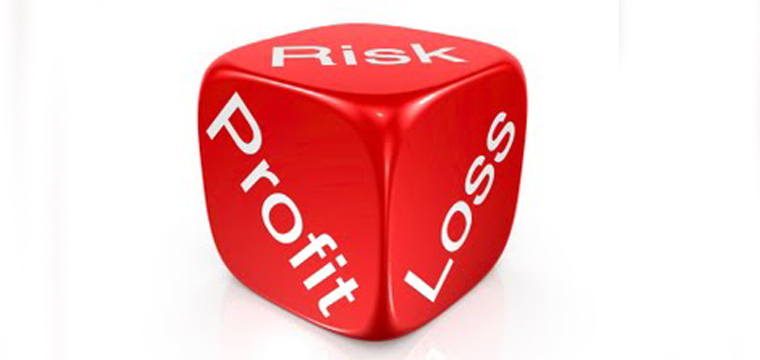Is PH stock market bull run over?
Managing your risk in a volatile market is key to successful trading

Question:
I have bought some stocks when the market was at 7,000 level. I was hoping the market will go up further but it has been falling sharply since then. I already incurred losses on paper. I plan to buy more but I am afraid that the market may fall further. Can you advise me?—Vira Factolerin by e-mail
Answer: Managing your risk in a volatile market is key to successful trading. In a falling market, it is not pleasant to watch your stocks lose in value every day without you doing anything.
If you hold on to your shares and hope that the share price will recover while the market continues to sink deeper, you may never be able to salvage your investment or it may take some time for you to regain it. For example, if your stock has lost 50 percent in value, you may have to earn double or 100 percent to recover your capital.
If you plan to buy more shares to average down, you may just be increasing your risks unless you have a lot of money to spare and you don’t mind getting your money stuck for a long time without earning anything.
Buying more shares when a stock is plummeting is like catching a falling knife. Yes, there are situations when a stock suddenly reverses and allows you to get out alive but what if the market continues to fall?
Perhaps, it may not be a bad idea to cut your losses now, protect your capital. Buy again when there is a clearer direction of recovery.
Why is the market falling despite all the good news about better-than-expected GDP and investment upgrades? All of these have already been discounted by the market, as reflected in the share prices. The market has anticipated this that it was willing to pay premium for future earnings at 26x P/E, making Philippine stocks the most expensive in Asia.
Now, the market has been falling because of fears that interest rates are rising soon after the US Federal Reserve hinted it might cut purchases of bonds and treasuries in the market under the Quantitative Easing (QE) program.
The QE program is a non-traditional monetary tool used by the US Federal Reserve to stimulate the economy by printing money to buy bonds from banks and provide them available cash for lending. Reduction in bond buying will mean reduction of liquidity in the system, which will increase interest rates.
Why reduce liquidity? The US Federal Reserve noted that the US economy had started to improve following strong employment data results last month. When an economy is recovering and you have a situation where there is too much liquidity in the system, higher demand for goods and services may trigger inflation to rise very fast. This is one reason why the US Federal Reserve plans to taper off the QE Program as soon as further data would later on indicate that the US economy is on its way to recovery.
The reduction in QE has not happened yet but investors are already anticipating this by taking profits. Uncertainties will push investors to unload and raise cash for the meantime. Less liquidity in the system will eventually bring back market P/E to normal levels. The current market P/E of 20x may still be expensive under this scenario hence there may still be room for further decline in the future.
If this kind of sentiment will linger in the next few months, the market may trade sideways on downward bias as investors will prefer to stay on the sidelines. Current market rally should be limited up to 7,000 initially. A breakout is possible but be careful. Watch the volume carefully. Any rally must be supported by strong volume. The recent low of 6,393 will be tested as support should there be another round of massive selling again. Once this is broken, there is a possibility the market may lose another 1,000 points to 5,400.
If you have some stocks that you want to get rid of, you can take advantage of any rally as a selling opportunity. Sell at the best price possible to minimize your losses. Raise as much cash as possible for your next trade.
In a volatile market like this, there are many opportunities for profitable trade. You can trade the market by buying oversold stocks, that is, when a stock is heavily beaten and sell them when they recover on the way up. You may need to use chart as a guide to identify your support and resistance.
For those who are more conservative, this is the best time to employ the peso cost averaging strategy. This strategy works best when the share price is falling. Under this strategy, you can allocate fixed amount of investment regularly to buy a certain stock.
You will buy stocks regularly regardless of the share price. If the share price falls, you will be able to buy more shares. If the share price increases, you will get less number of shares. During a period of consolidation, you should be able to get good cost average that will beat the market.
 Henry Ong is a Registered Financial Planner of RFP Philippines. He is best selling book co-author of Money Matters. He also writes regularly as columnist for the Philippine Daily Inquirer.
Henry Ong is a Registered Financial Planner of RFP Philippines. He is best selling book co-author of Money Matters. He also writes regularly as columnist for the Philippine Daily Inquirer.
Source: http://business.inquirer.net/126585/is-ph-stock-market-bull-run-over
Comments
3,552 total views, 1 views today












Social